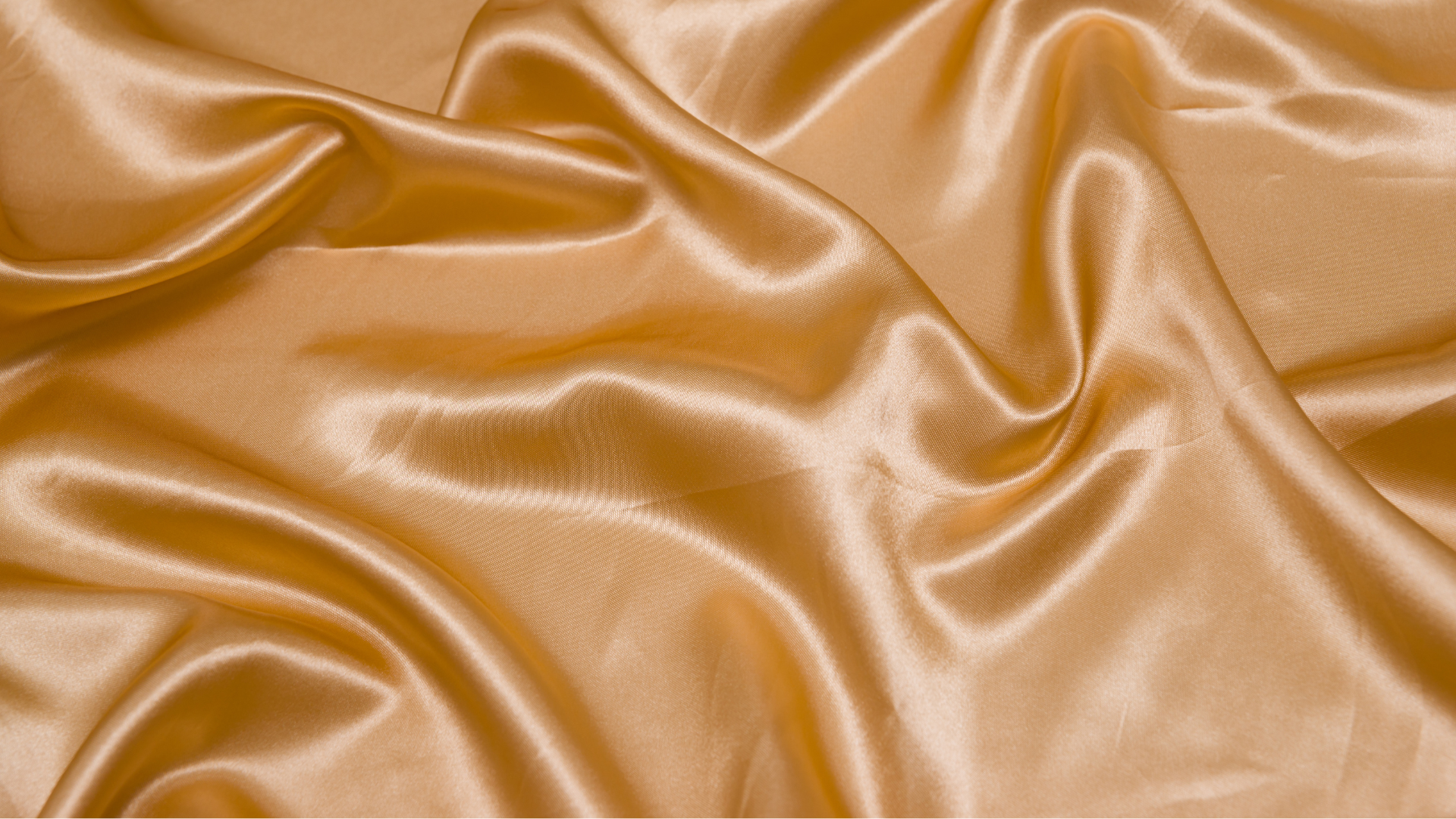In today's fashion and textile industry, synthetic clothes play a pivotal role due to their durability, affordability, and versatility. However, the environmental and health impacts of these materials are topics of increasing concern. This in-depth article explores everything you need to know about synthetic clothes, from their production and use to their environmental footprint and alternatives.
What Are Synthetic Clothes?
Synthetic clothes are garments made from man-made fibers derived from petrochemicals, making them less dependent on natural sources like cotton or wool. Common synthetic fabrics include polyester, nylon, acrylic, and spandex.
Production and Properties
The production of synthetic fibers involves the polymerization of monomers into polymers, which are then spun into fibers. These materials are prized for their strength, elasticity, and resistance to shrinking and wrinkling.
Usage in the Fashion Industry
Synthetic fibers are ubiquitous in the fashion industry, found in everything from everyday wear to high-end fashion due to their adaptability and ease of maintenance.
Environmental Impact of Synthetic Clothes
The environmental footprint of synthetic clothes is significant. They contribute to pollution and waste challenges that are central to the discussions on sustainability.
Pollution During Production
The production process of synthetic fibers is energy-intensive and emits large amounts of greenhouse gases. Additionally, it often involves toxic substances that can pollute water and air.
Microfiber Pollution
A major issue with synthetic clothes is the shedding of microfibers. These tiny plastic particles can detach during washing and enter water systems, posing risks to aquatic life and entering the human food chain.
Challenges in Waste Management
Synthetic garments are not biodegradable. They accumulate in landfills, and their decomposition can release harmful substances and microplastics into the environment.
Health Aspects of Synthetic Clothes
Wearing synthetic clothes can have various health implications due to the chemicals used in their production. Skin irritation and the potential release of harmful substances are concerns, especially when worn close to the skin.
Sustainable Alternatives to Synthetic Clothes
In response to the environmental and health concerns, there is a growing movement towards more sustainable alternatives.
Natural Fibers
Opting for clothes made from organic cotton, wool, hemp, or bamboo can significantly reduce environmental and health impacts.
Recycled and Upcycled Fabrics
Using recycled materials helps reduce waste and resource consumption. Many brands are now offering garments made from recycled synthetic fibers.
Innovations in Biodegradable Synthetics
Research is ongoing into bio-based synthetic fibers that offer the benefits of synthetics without the environmental cost.
FAQs About Synthetic Clothes
What are the most common types of synthetic fibers used in clothing?
The most common synthetic fibers in clothing are polyester, nylon, acrylic, and spandex.
How can washing synthetic clothes contribute to microfiber pollution?
During washing, synthetic garments shed microfibers, which are too small to be caught by wastewater treatment plants and thus enter natural waterways.
Are there any health risks associated with synthetic clothes?
Synthetic clothes can release harmful chemicals, which may cause skin irritation or other health issues, particularly when worn directly against the skin.
What are some eco-friendly alternatives to synthetic fabrics?
Eco-friendly alternatives include natural fibers like organic cotton and bamboo, as well as innovative materials like recycled polyester and biodegradable synthetics.
How can consumers reduce the impact of synthetic clothes?
Consumers can reduce impact by choosing higher quality synthetics that last longer, opting for sustainable alternatives, and following proper washing techniques to minimize microfiber shedding.
Conclusion
While synthetic clothes offer several benefits in terms of performance and cost, their environmental and health impacts make it crucial to consider more sustainable practices and materials in the textile industry. By choosing eco-friendly alternatives and supporting innovations in sustainable textiles, consumers can help reduce the negative impacts associated with synthetic garments.
Explore More:For further insights into sustainable living and eco-friendly products, visit our Sustainable Living Blog or check out our Home & Garden section for more tips on eco-conscious home practices.


















